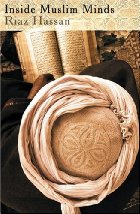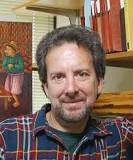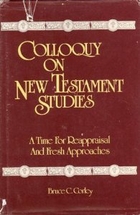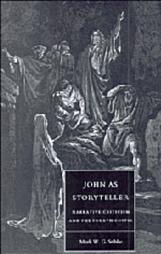 I was recently challenged over what some see as my defence of Islam and failure to condemn the many evils is apparently spawns — terrorism, honour killing, sexism, Sharia law, persecution of apostates, denial of free speech — and told I could easily do so without any fear of over-generalizing. I was surprised to find my recent posts being portrayed as a “defence of Islam”, as an apparent attempt to whitewash the religion and to overlook its monstrosities.
I was recently challenged over what some see as my defence of Islam and failure to condemn the many evils is apparently spawns — terrorism, honour killing, sexism, Sharia law, persecution of apostates, denial of free speech — and told I could easily do so without any fear of over-generalizing. I was surprised to find my recent posts being portrayed as a “defence of Islam”, as an apparent attempt to whitewash the religion and to overlook its monstrosities.
What I have been seeking to do in most posts is to provide factual information from reliable sources in order to do my little bit to try to correct what I see as general public misconceptions about Muslims. Of course there is much that is reprehensible in the Muslim religion (as I have said) but my intent is to try to point out that the present wave of Islamophobia (see The Word’s Origin and Meaning) is grounded in misinformed views about Islam, Muslims and Sharia law, as well as about terrorism and cultural heritage.
The reference to honour killings in the challenge pulled me up with a start. I have always understood honour killings to be a horrific practice found among certain cultures (not religions) around the world: northern India (Hindu and Sikh), southern Europe and Latin America (Christian), Australian aboriginal desert tribes and probably a few other similar tribes around the world, and a cluster of Islamic countries (Pakistan in particular). So when I have from time to time heard of critics of Islam citing honour killings as one of the many sins of that religion per se I dismissed the criticism as ignorant or at best only partially informed. No-one that I know criticizes Christianity or Hinduism as being religions that inculcate the practice of honour killings because of the crimes found among their cultural subsets.
The following is based on what Australian Research Council Professorial Fellow and Emeritus Professor Riaz Hassan has to say about honour killings and Muslims in his book Inside Muslim Minds (pp. 200-208).
Honour killing is another ugly label that has come to be associated with Muslim countries. In Pakistan and other Muslim countries, prominent feminist organizations have taken up the cause to stop its occurrence.
Here Hassan singles out Shirkat Gah and Women Living Under Muslim Laws as the most vocal campaigners against the practice and responsible for well researched publications.
Shirkat Gah (SG) (“place of participation”) has a strong web presence:
- Shirkat Gah: Women’s Resouce Centre (Homepage)
- Overview of SG (origins and objectives)
- SG on Facebook
- SG on Twitter
- Obstructing Progress: Growing Talibanisation & Poor Governance in Pakistan (A recent report by SG)
- WLUML (Homepage)
- About WLUML (origins and objectives)
- Women Living Under Muslim Laws Solidarity Network (Facebook page)
- Women living under Muslim laws: a solidarity, information and research network (A PubMed article)
- Network Statement: WLML and Women Living Under Muslim Laws: WLUML
- And many more
Hassan refers to UNICEF statements and the following are from my own search across UN publications: Continue reading “Honour Killing (from Inside Muslim Minds)”













